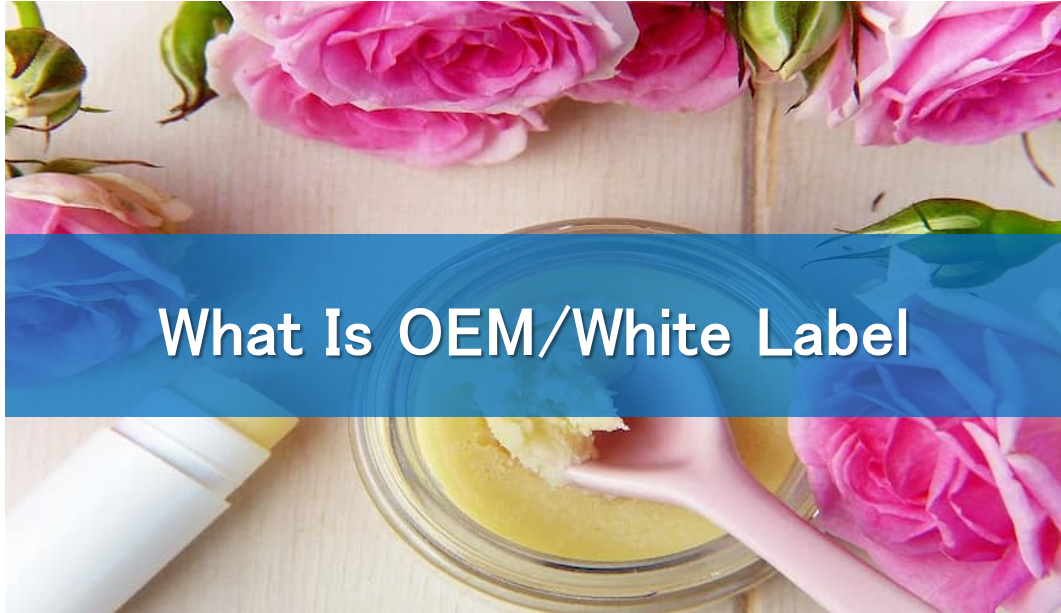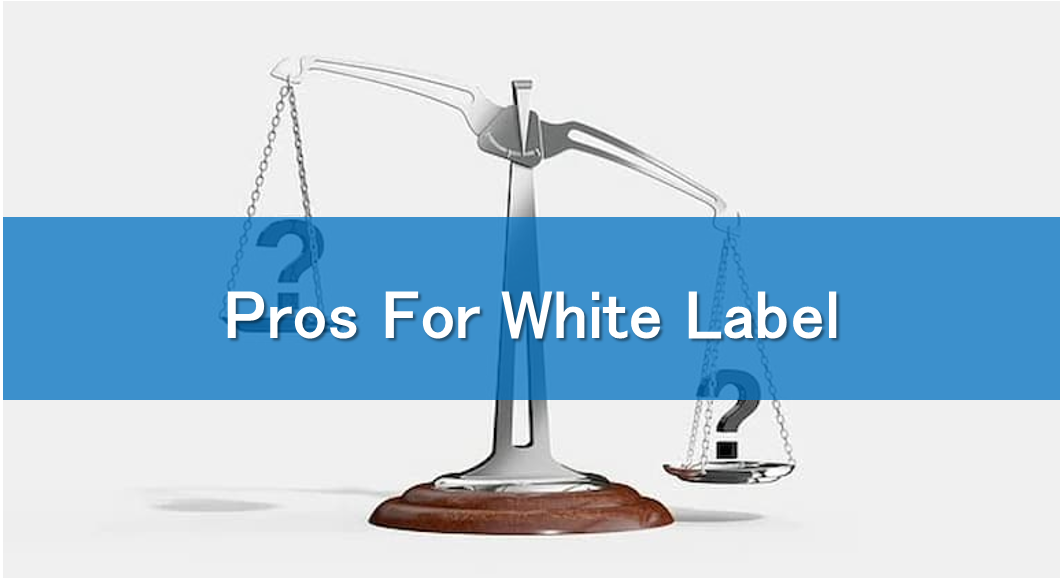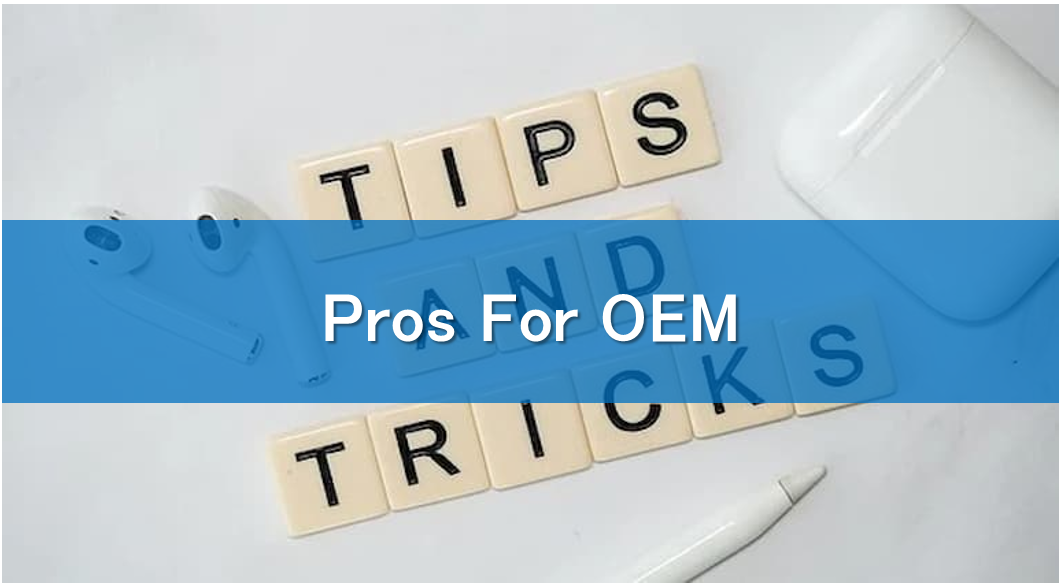
- HOME
- Cosmetic OEM Lab
What is the differences between OEM and white label?
Is OEM/white label easy to start?
What kind of information should we know when we start OEM/white label?
If you’re looking to start a business, you may have come across the terms “OEM” or “white label.” These terms refer to a type of product manufacturing and distribution that can be a great option for entrepreneurs who want to create their own brand without the hassle of developing and producing their own products from scratch. In this article, we’ll explain what OEM/white label is and how it works, so you can decide if it’s the right option for your business.
Contents

OEM (Original Equipment Manufacturer) and white label are often used interchangeably to describe a product manufacturing and distribution model in which a manufacturer creates a product and another company rebrands it as their own. In other words, the manufacturer produces the product but doesn’t put their own branding on it – instead, they allow the company they’re working with to put their own branding on it.
The main difference between OEM and white label is that OEM products are typically designed and manufactured with a specific company in mind, while white label products are typically generic, unbranded products. So if you’re looking to create your own branded product with a custom design, then OEM may be the best option for you. On the other hand, if you’re looking for a cost-effective way to get your product to market, then white label may be the better option.
Starting an OEM/white label business can be relatively easy, as it does not require the extensive research, development, and production processes involved in creating your own products from scratch. However, it still requires some level of planning, research, and investment to ensure that you are partnering with the right manufacturer and creating a successful brand.
To start an OEM/white label business, you will need to do the following:
Identify the product category you want to sell and research manufacturers who specialize in producing that type of product. You’ll want to find a manufacturer with a strong reputation for quality and reliability, as well as one that can meet your specific product requirements and branding needs.
Work with the manufacturer to customize the product to your specifications. This may include choosing specific ingredients, adjusting packaging, and incorporating your branding into the product design.
Create your own branding and packaging for the product. This may involve designing a logo, creating product labels, and choosing packaging materials.
Determine how you will sell and market your product, including identifying target customers, setting pricing, and establishing distribution channels.
While starting an OEM/white label business can be less complex than starting your own product line from scratch, it still requires planning and investment to ensure success. It is important to research and carefully choose your manufacturer, and to develop a strong brand strategy to effectively market and sell your products.

When starting an OEM/white label business, it is important to research and carefully select the right manufacturer. You will want to find a reliable partner with whom you can create a long-term relationship. Additionally, here are some other things to consider before getting started:
Make sure that the manufacturing process meets your standards for quality.
Ensure that the product meets all relevant health, safety, and environmental regulations.
Understand all associated costs, from manufacturing to shipping and distribution.
Develop a strong brand identity for your product, including logo design, packaging design, and marketing materials.
Make sure that your customer service is up to par and that you are providing excellent customer support.
Careful consideration should be given when selecting a manufacturer, customizing the product, designing branding and packaging, and developing a sales and marketing strategy for your OEM/white label business. With proper planning and execution, you can create a successful brand that stands out from the competition.

In this section, let me give you some examples of pros and cons for white label.
Please take a look!
White labelling allows you to bring products to market much more quickly than if you had to create them from scratch, since much of the development work is already done.
Since you don’t have to spend money on research and development, tooling, or equipment, you can get your business up and running with significantly lower initial costs.
When you partner with a white label manufacturer, you gain access to their experience and knowledge, which can be incredibly valuable in terms of understanding the marketplace, staying competitive, and meeting customer needs.
Because the product is already created, you have more control over the branding, packaging, and marketing strategy.
Since white label products are often sold to multiple companies, the margins are generally lower than if you were creating your own product line from scratch.
Because white label products are often sold to multiple companies, it can be difficult to differentiate your brand from others who are selling the same or similar products.
If your manufacturer goes out of business or discontinues the product line, you may be left without a product to sell, which can be disastrous for your business.

Now, let’s focus on OEM in this section. It might be a little bit similar to white label but please take a look as well!
OEM allows you to fully customize the product to your exact specifications, ensuring that the end result is exactly what you want.
Since you are creating your own product from scratch, you have complete control over the entire production process, from design to manufacturing.
Because you have more control over the product and production process, you can potentially achieve higher profit margins than with white labelling.
Creating your own product line allows you to establish a strong brand identity that is unique to your business, helping you stand out in the marketplace.
Creating your own product line requires a significant investment in research and development, tooling, and equipment, which can be prohibitively expensive for some businesses.
Since you are starting from scratch, it can take much longer to bring your product to market than with white labelling.
Because you are creating a completely new product, there is a greater risk that it will not be successful in the marketplace, which can be financially devastating.

OEM and white labelling both offer distinct advantages and disadvantages, so it’s important to consider your specific needs and goals before deciding which option is right for you. OEM provides greater control over the product and production process, as well as higher profit margins, but requires more upfront investment in terms of time and money. White label products come with a lower risk and quicker time-to-market, but offer less customization and control. Ultimately, it’s up to you to decide which option best fits your business needs.
The decision to go with OEM or white label products will depend on the type of product you are trying to create. Different types of products require different levels of customization and control, so it’s important to consider your specific needs before making a decision. Whether you decide to go with OEM or white label products, both offer the potential for producing quality products that can help you stand out in the marketplace.
For further information, please contact us.